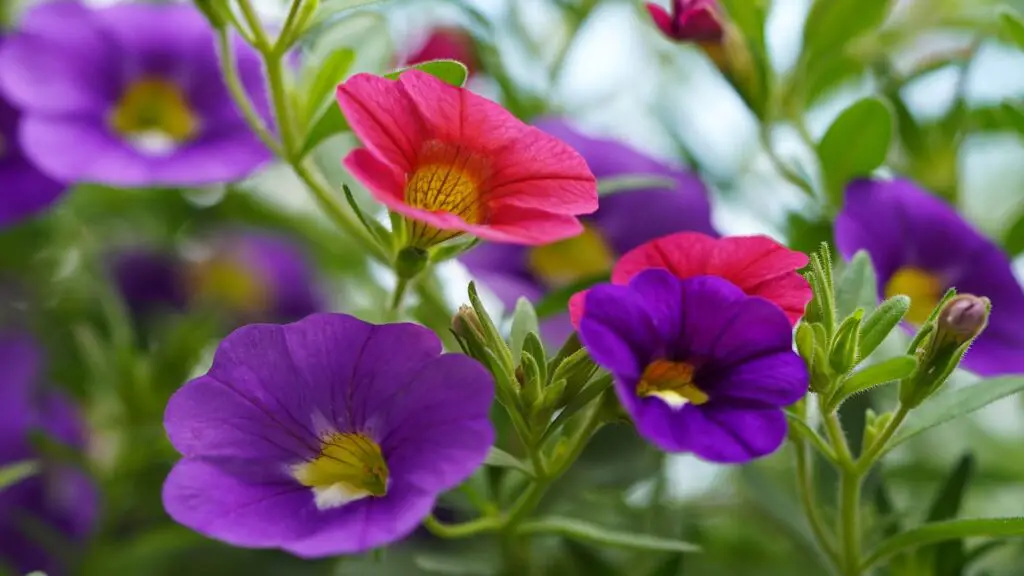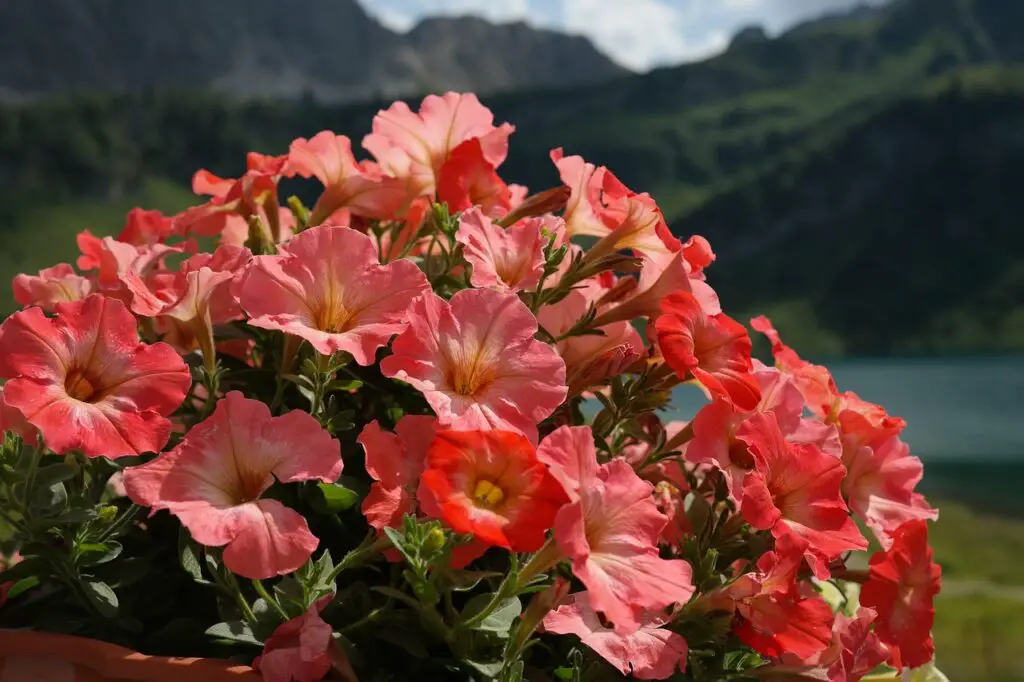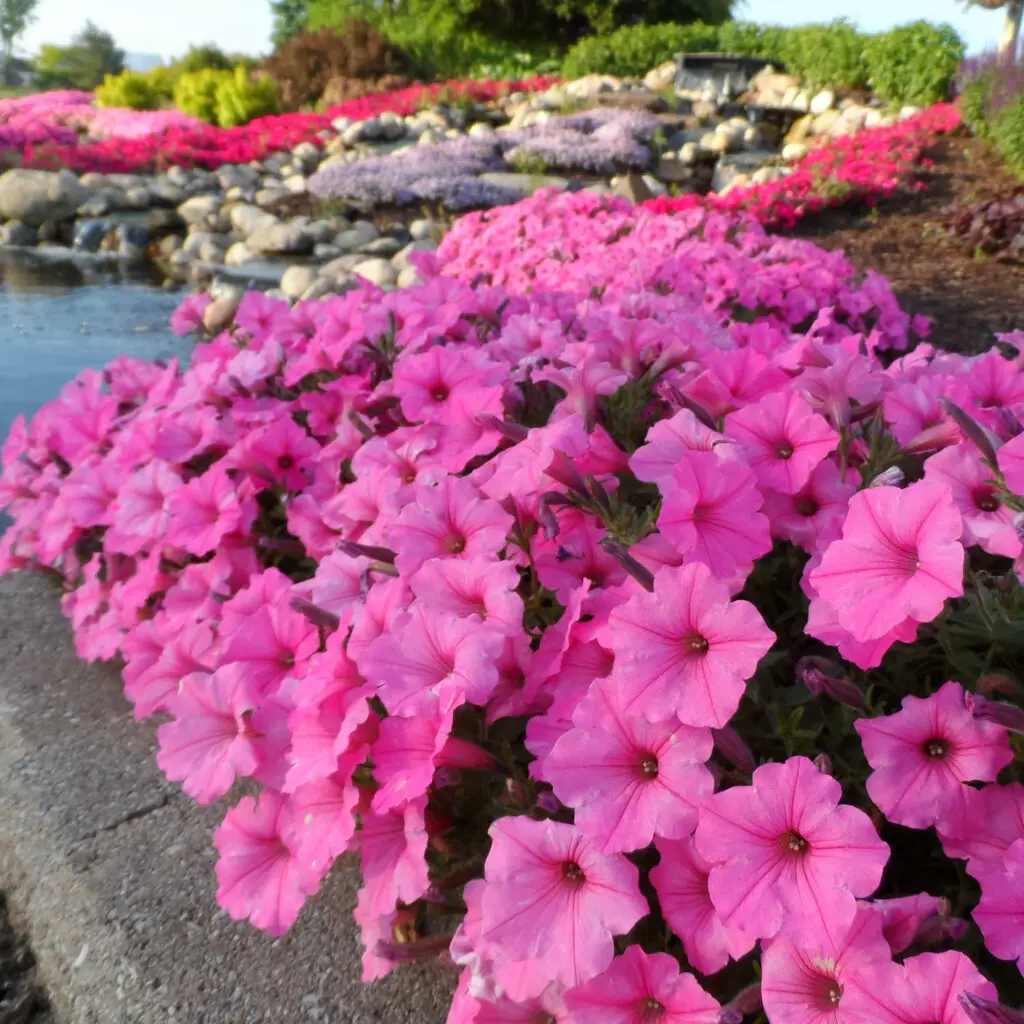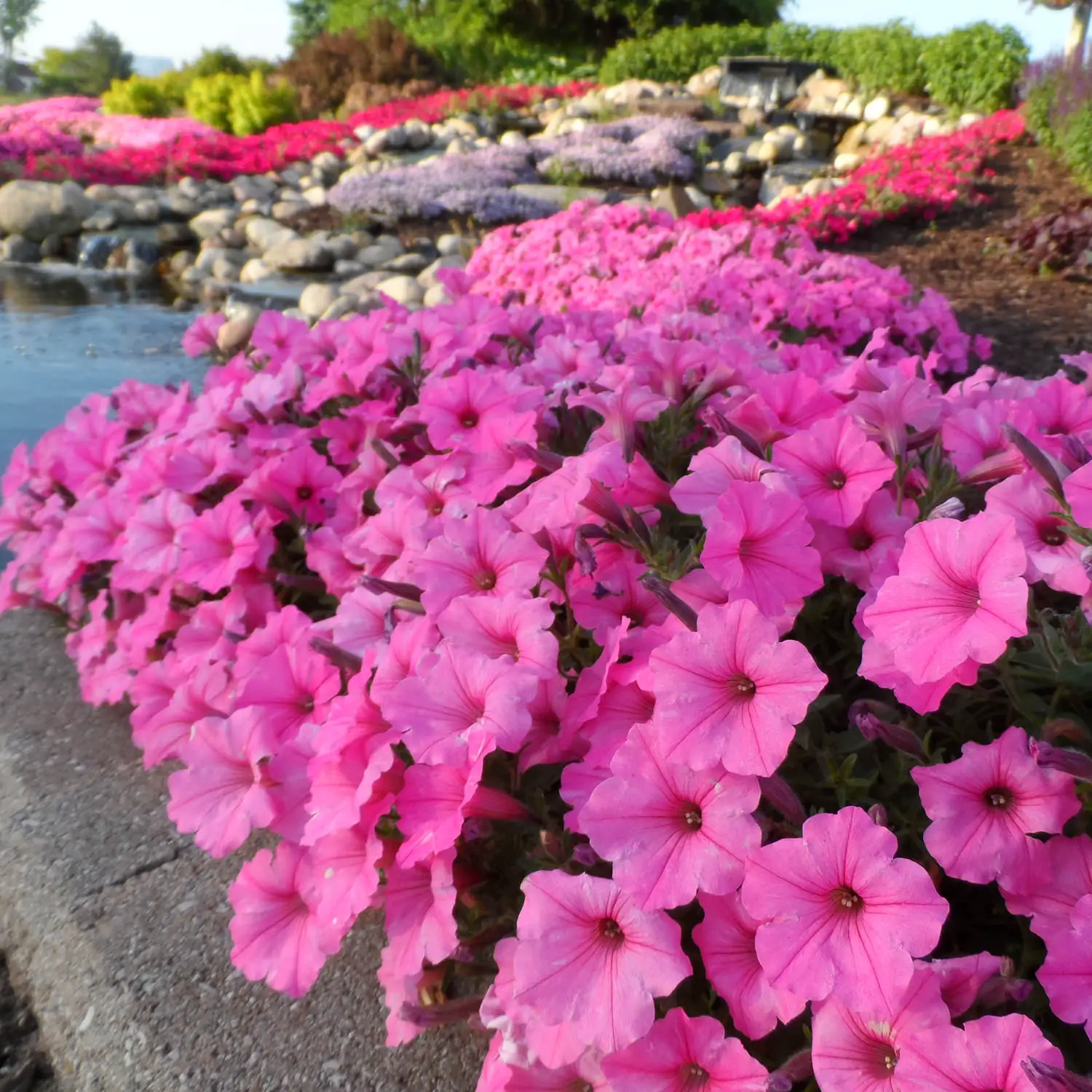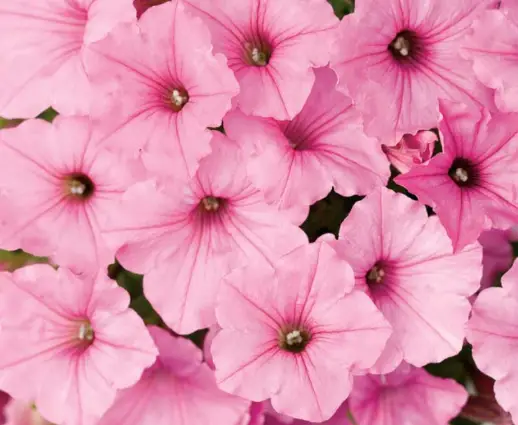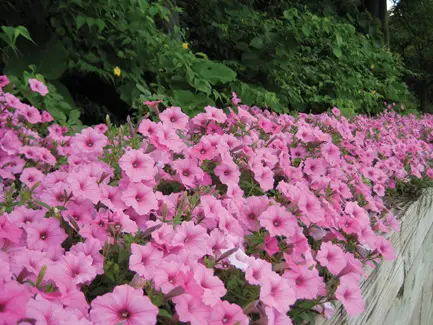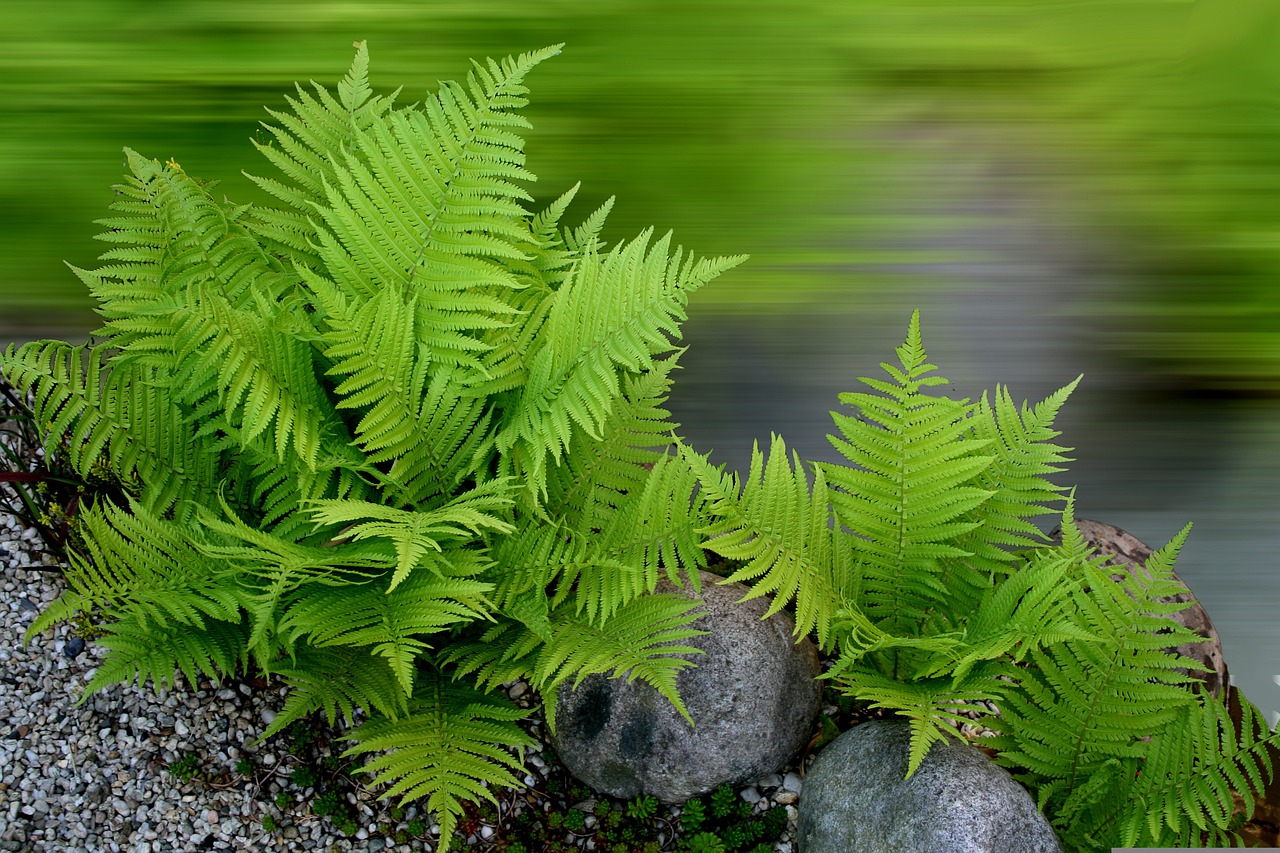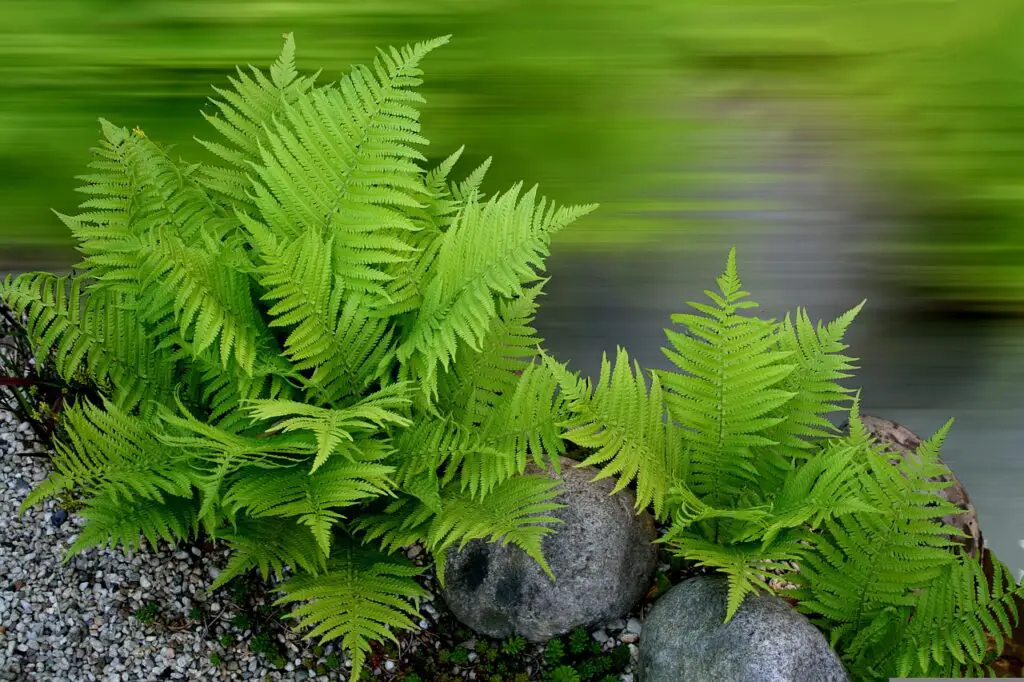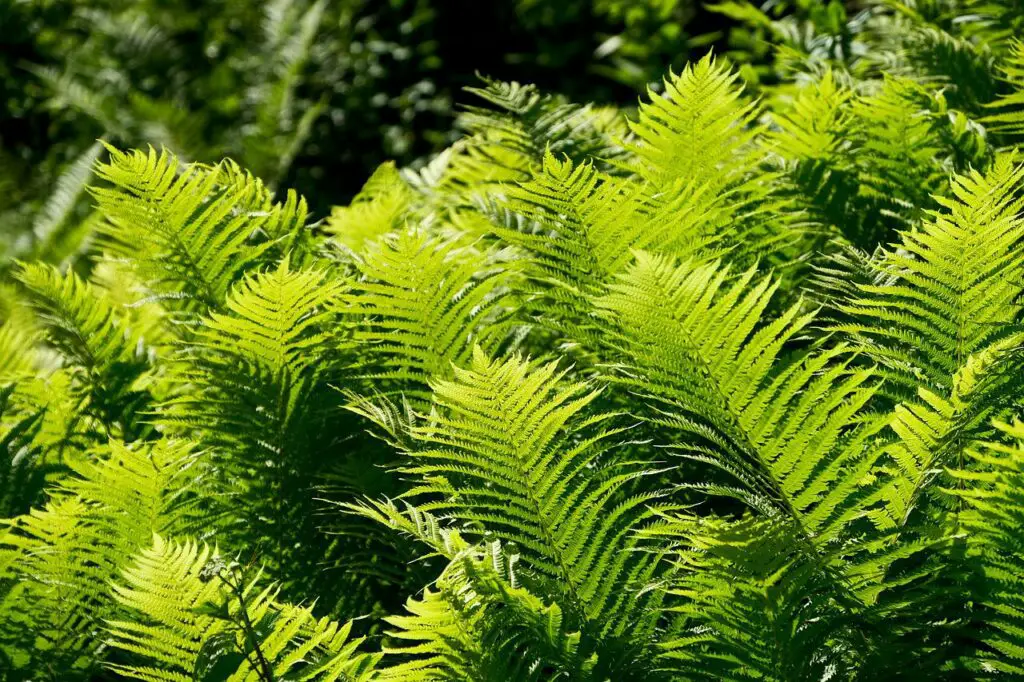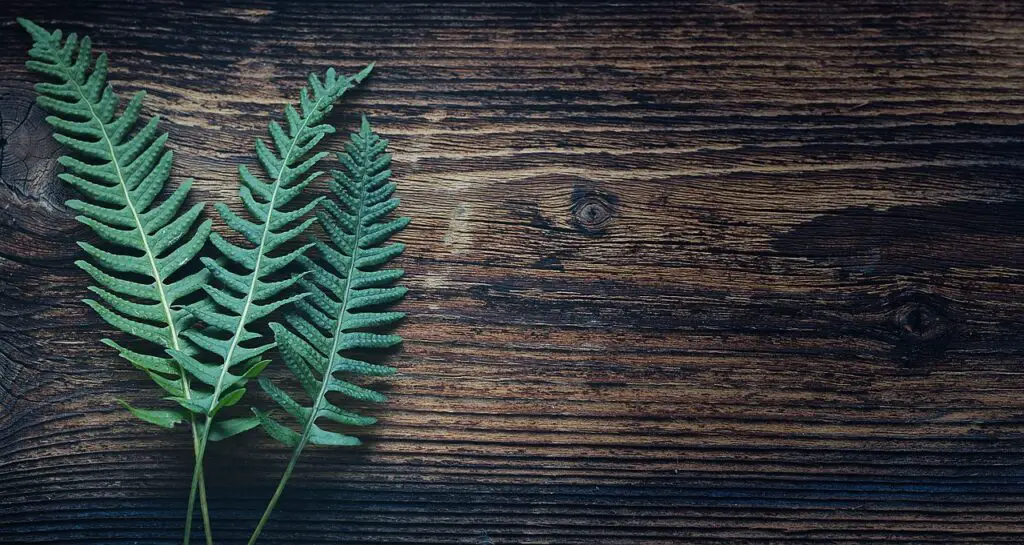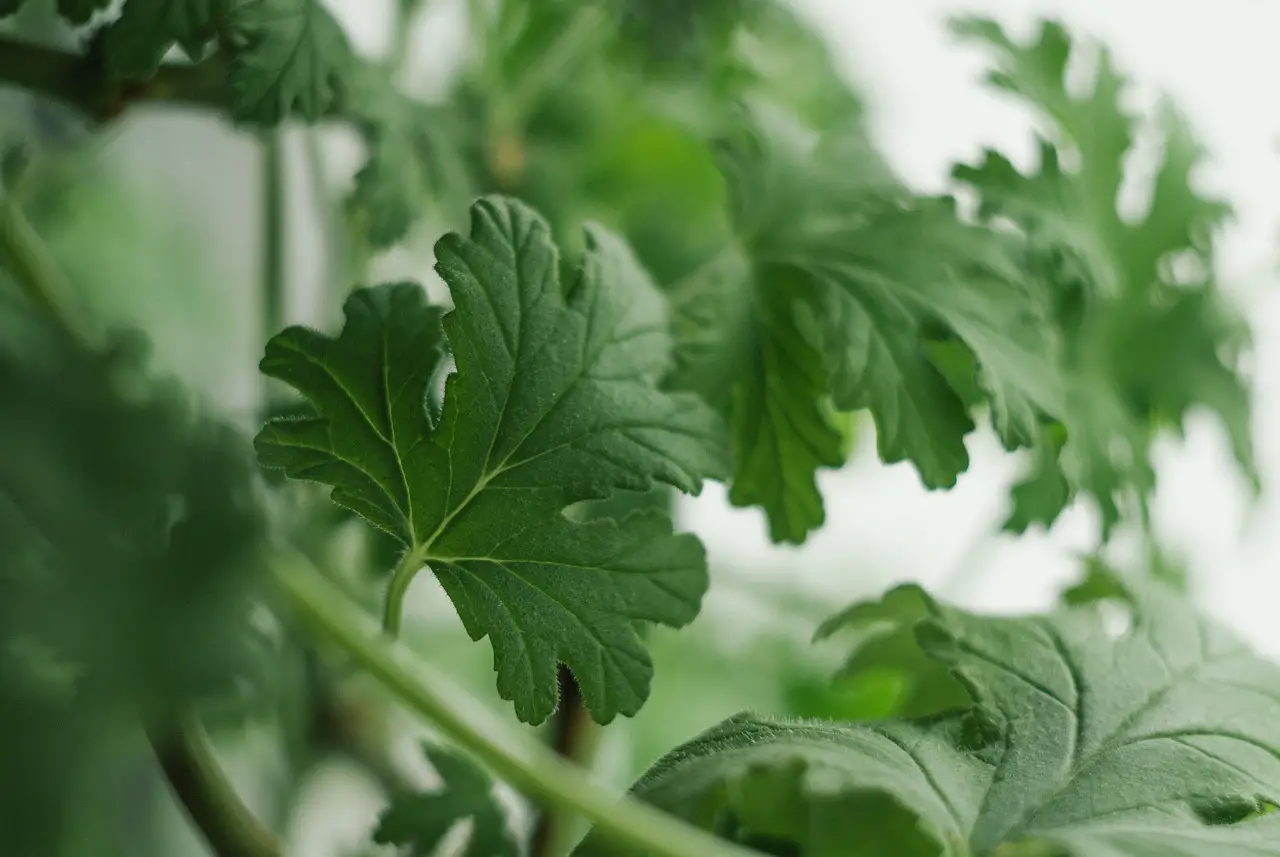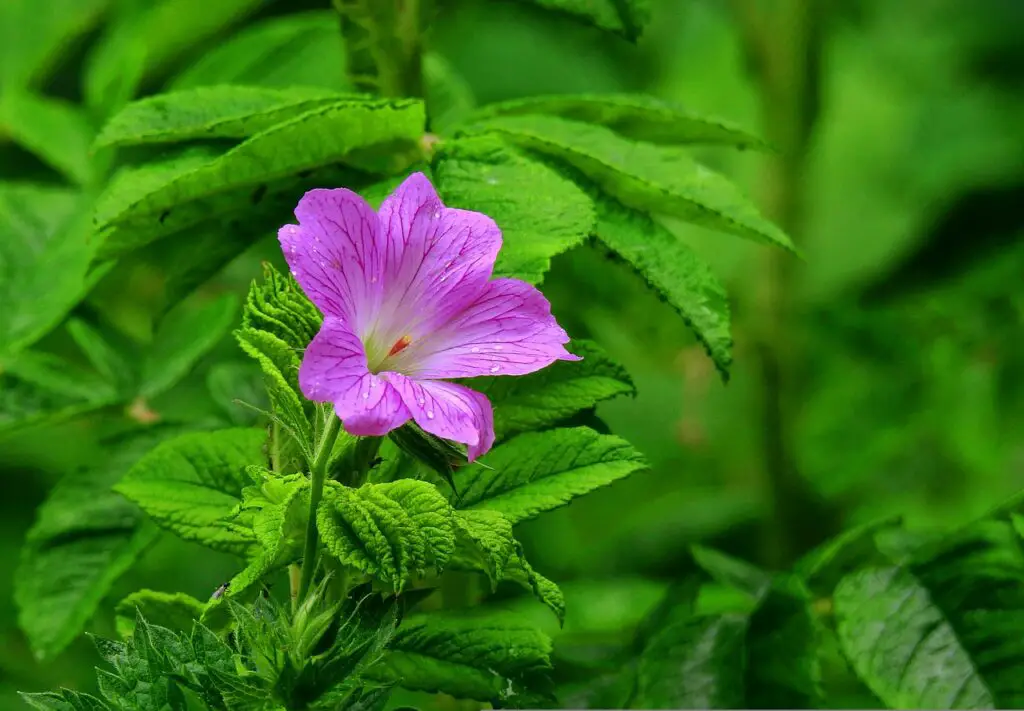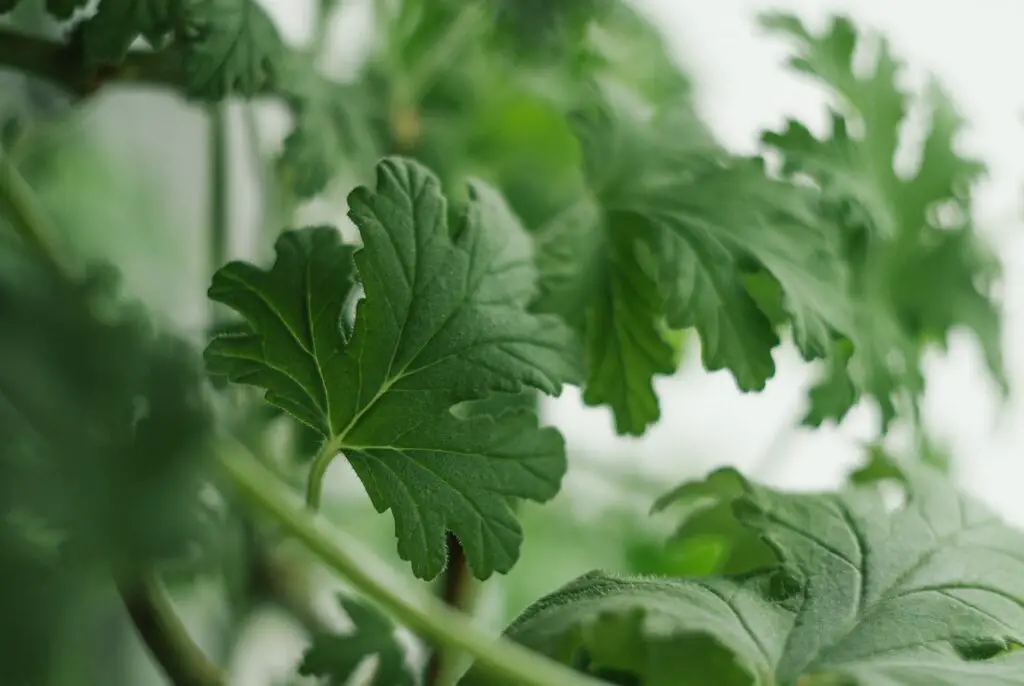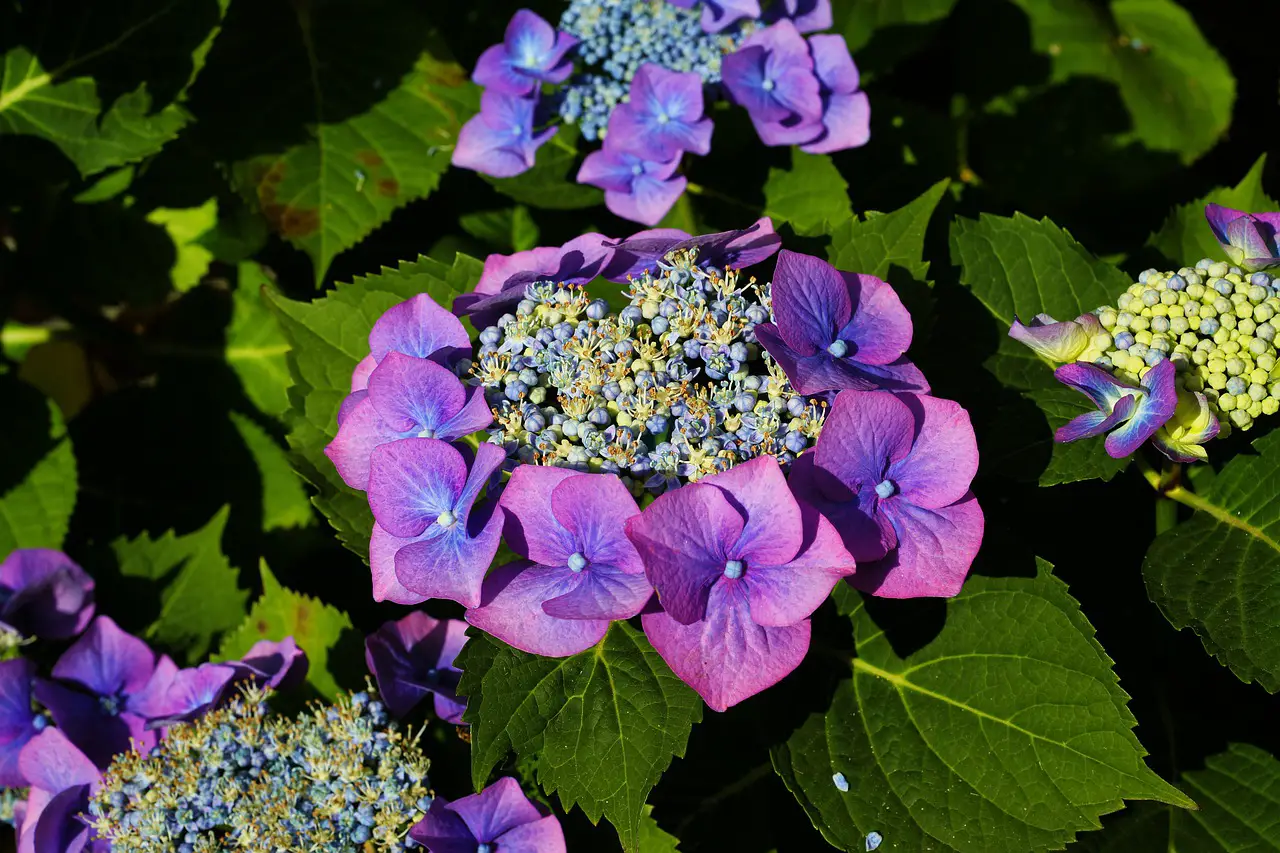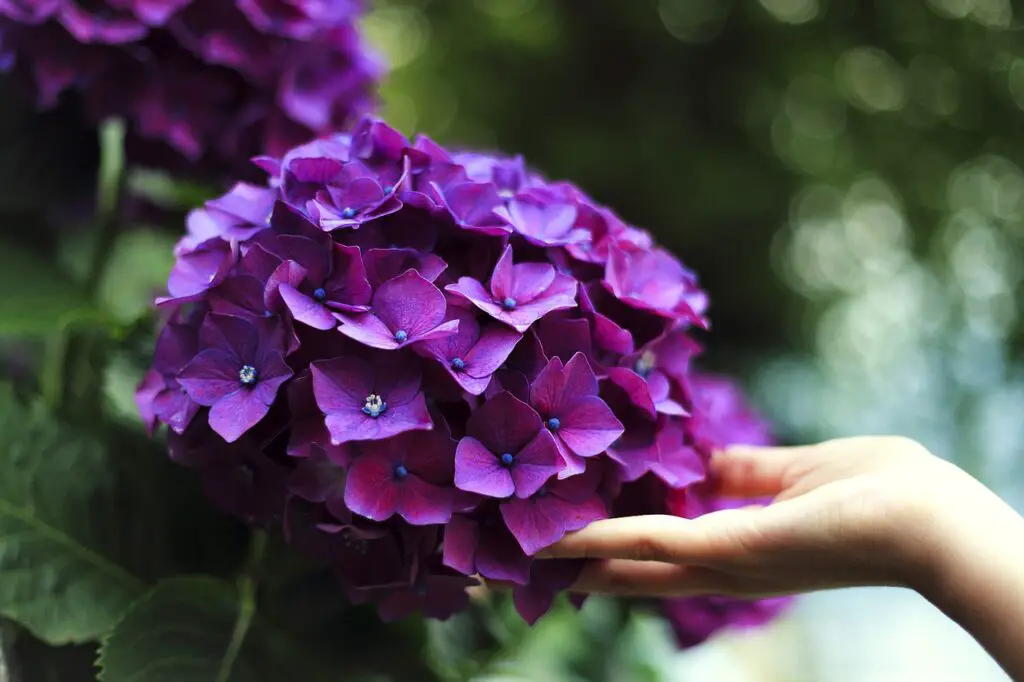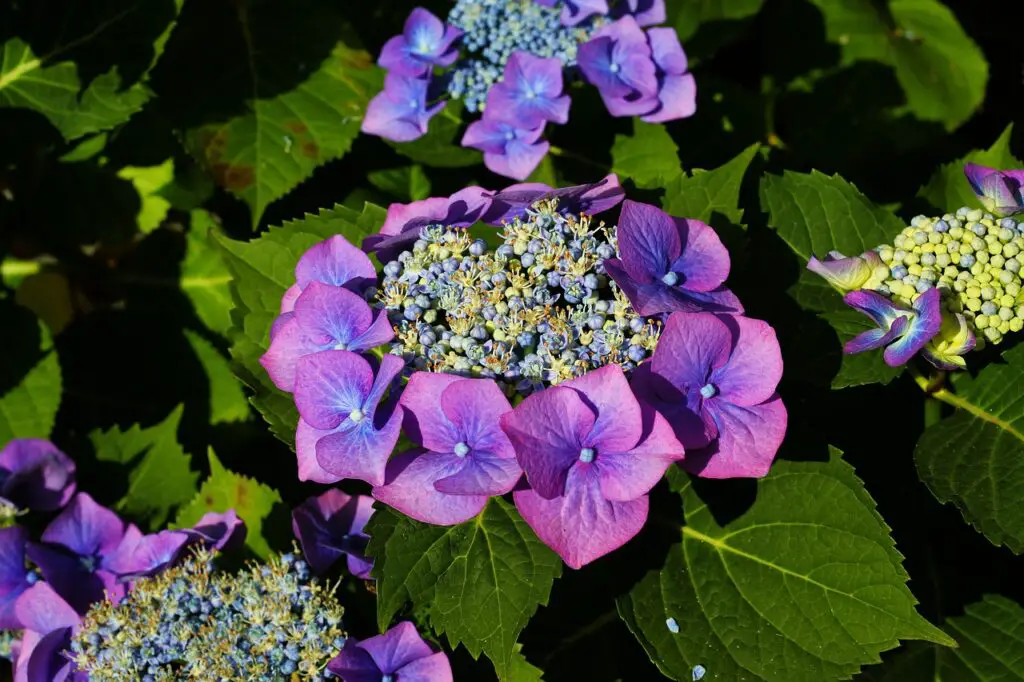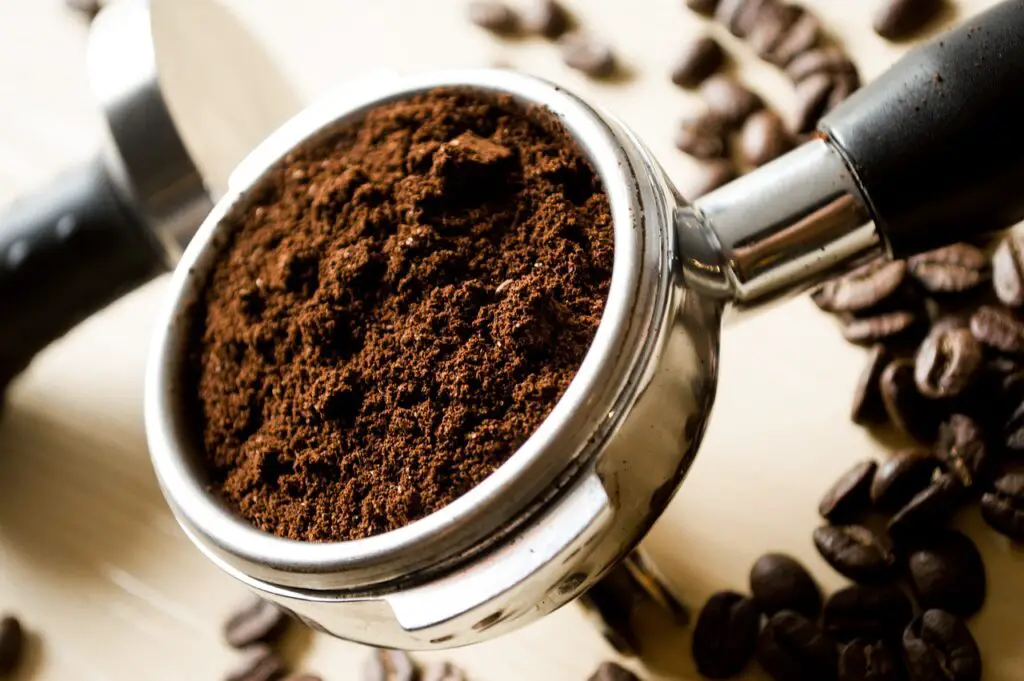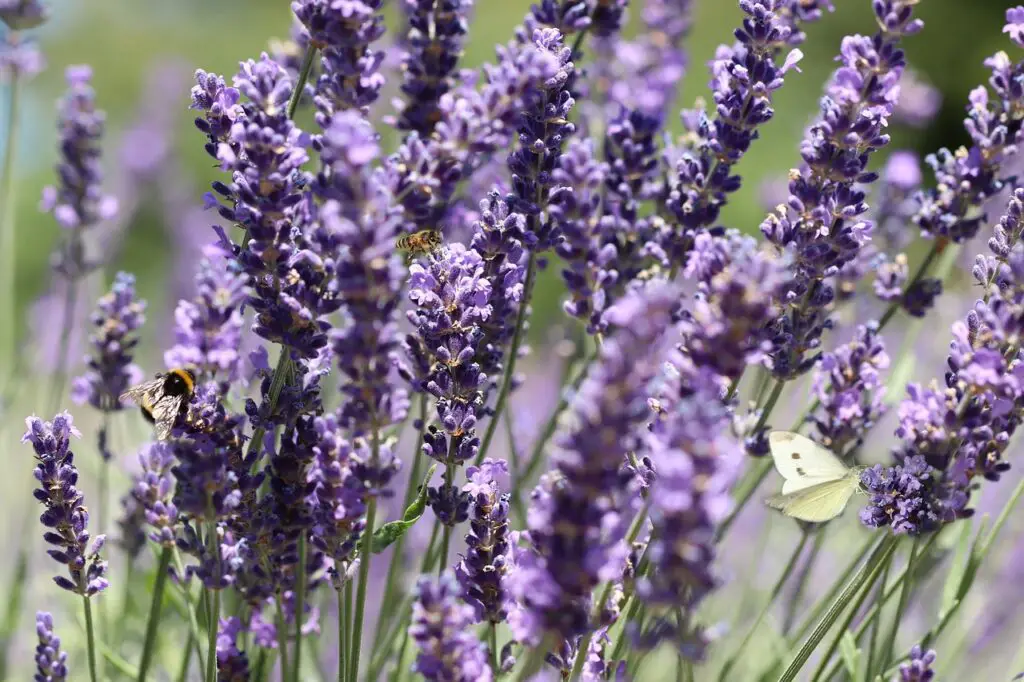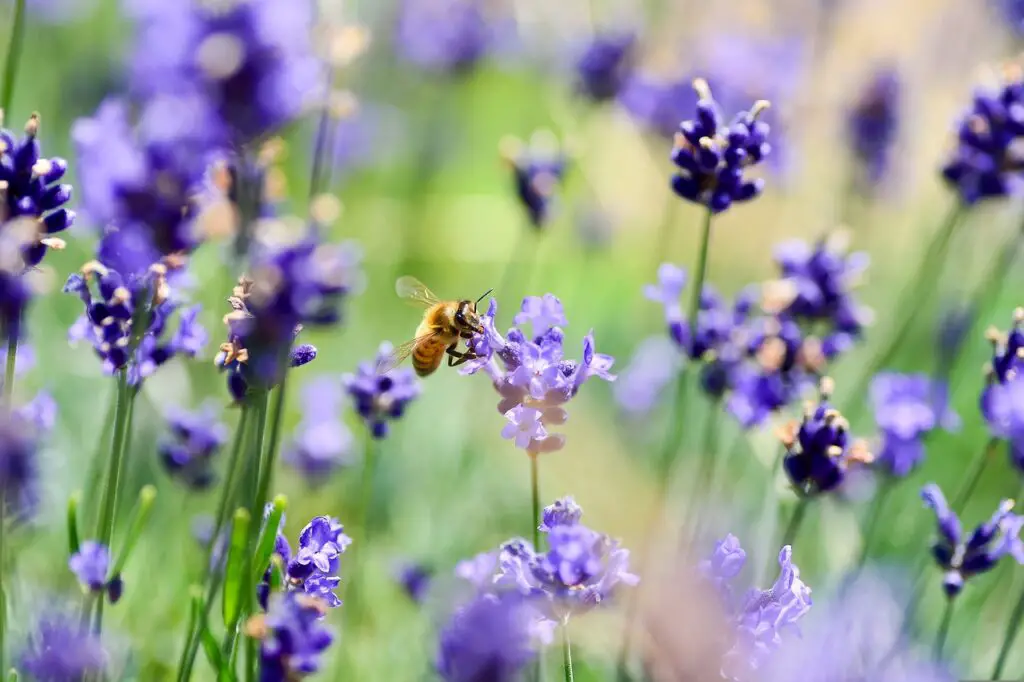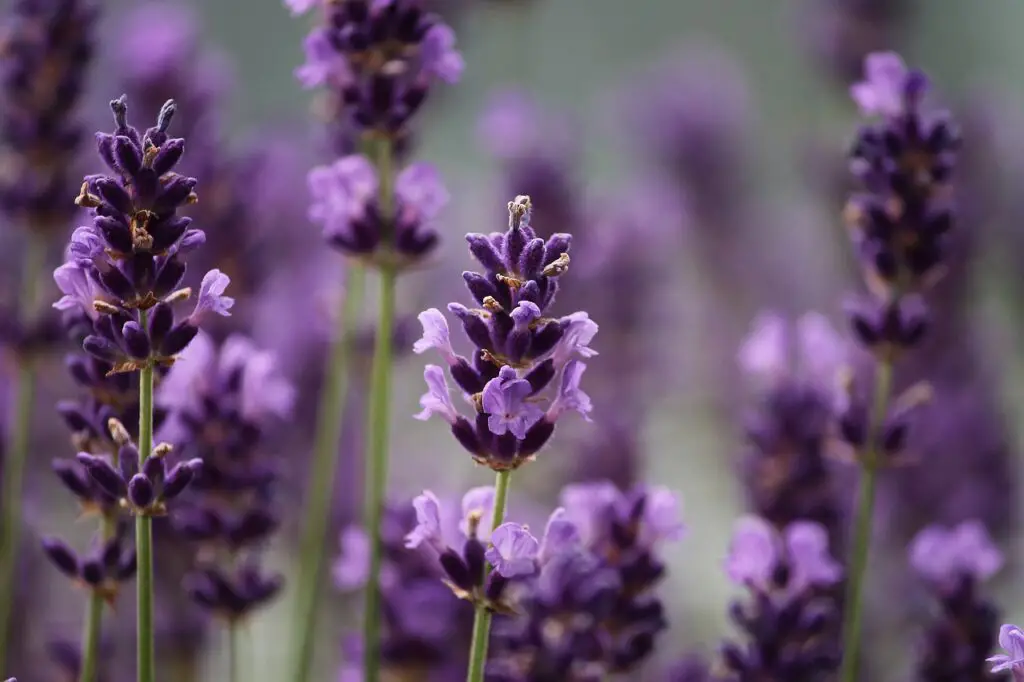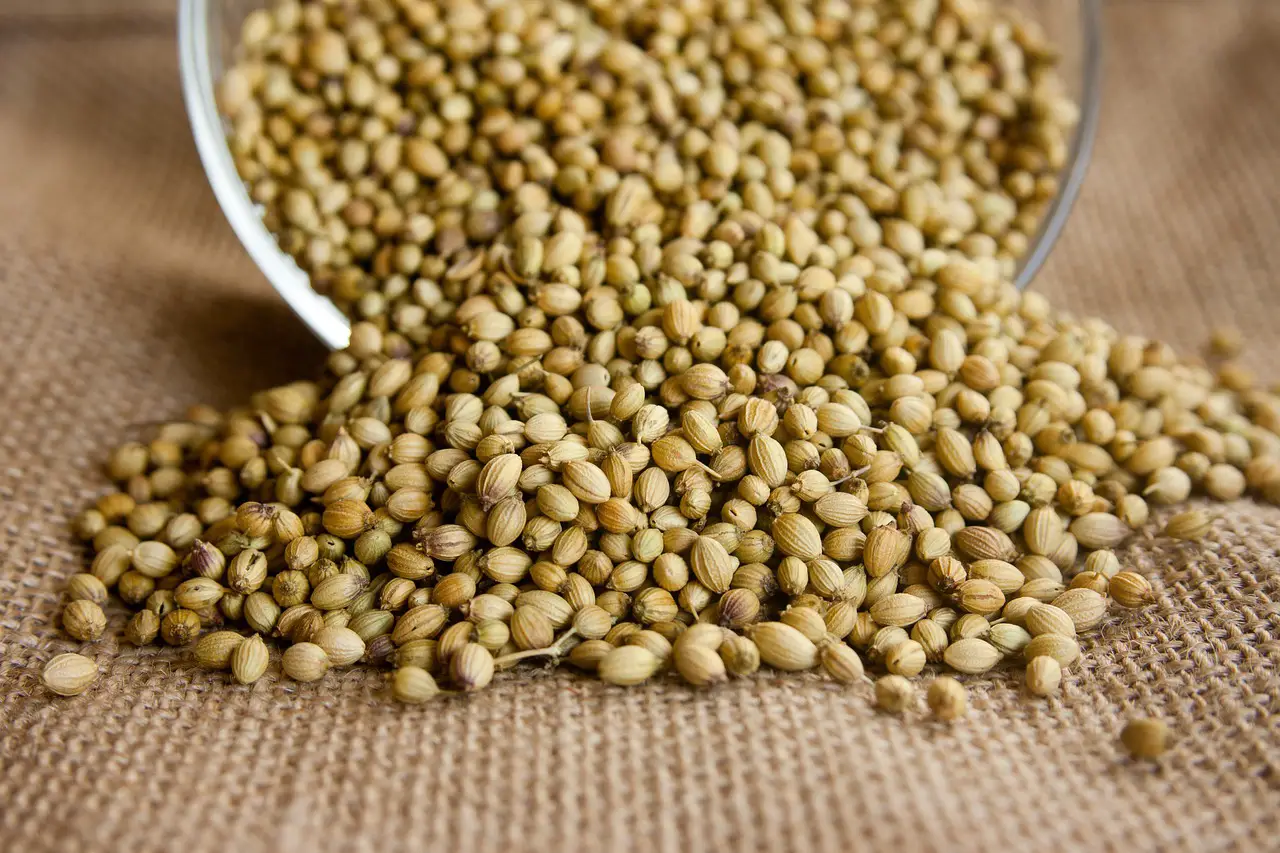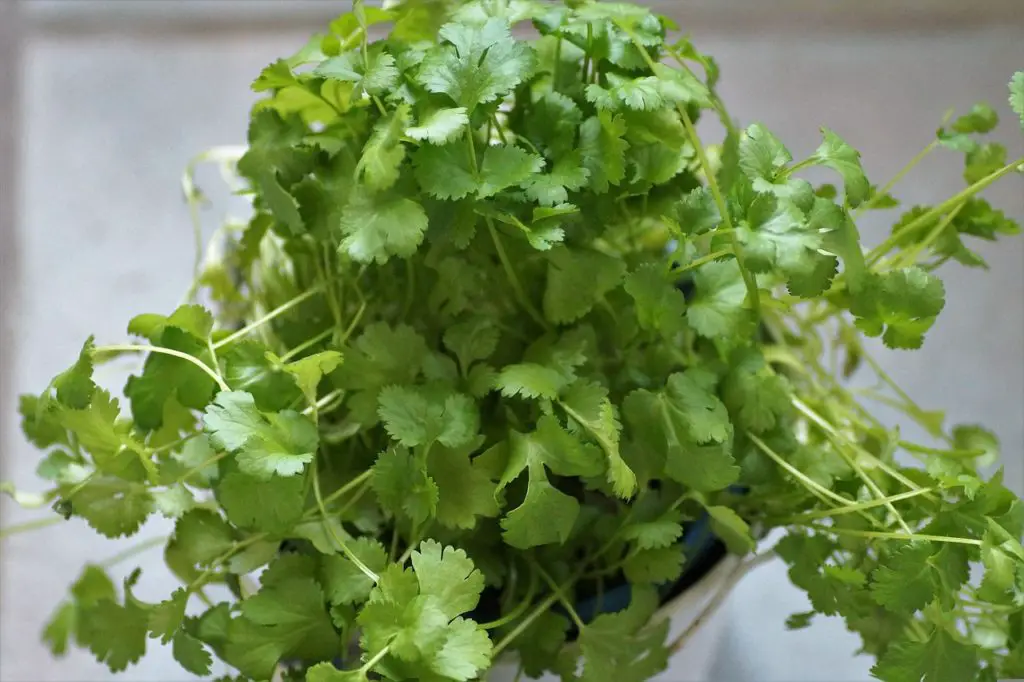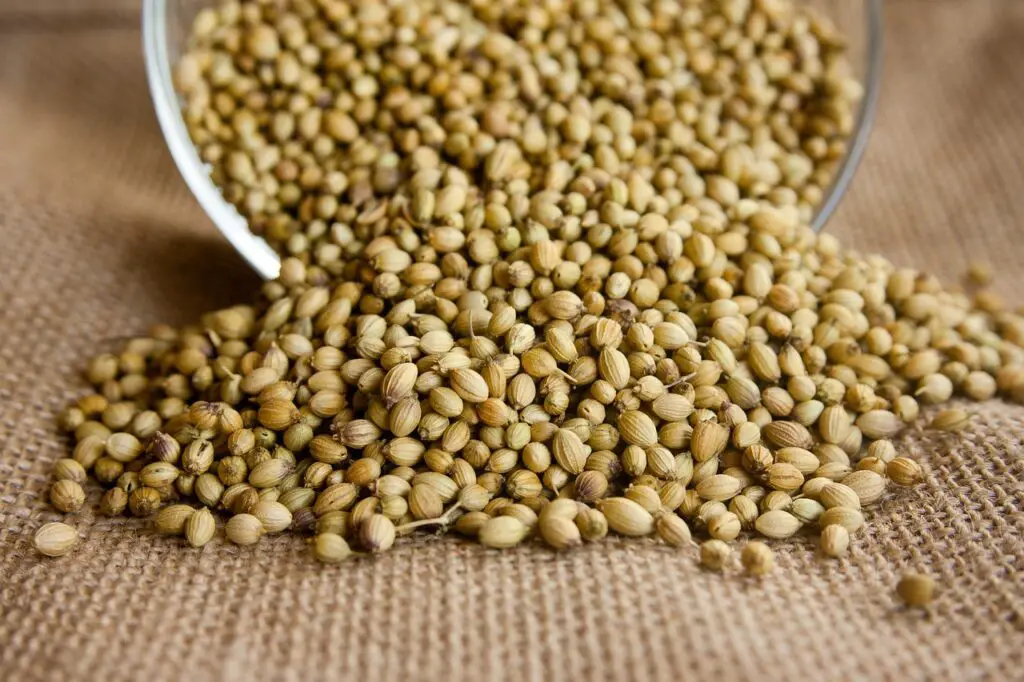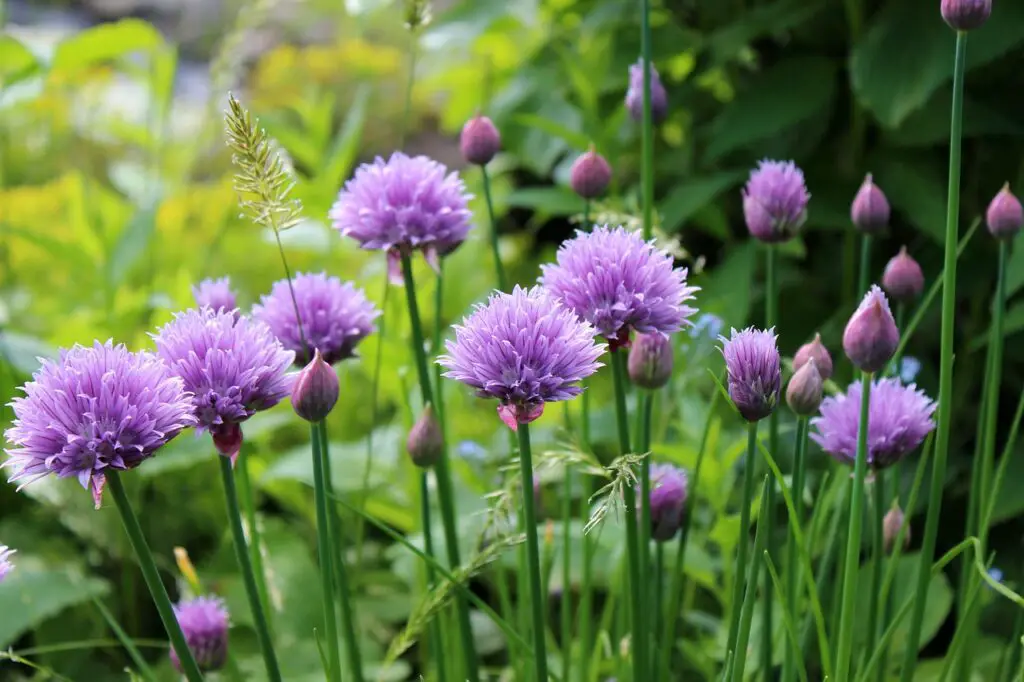If you’re noticing brown spots on the leaves of your houseplants, don’t worry – there are a few things you can do to get rid of them. In this blog post, we’ll cover what causes brown spots on houseplant leaves, how to get rid of them, and how to prevent them from coming back. One of the most common causes of brown spots on houseplant leaves is too much sun. If your plant is in a spot that gets direct sunlight for more than a few hours a day, the leaves can start to scorch and turn brown.
The best way to get rid of brown spots caused by sunburn is to move your plant to a spot that gets less direct sunlight. If you can’t do that, try covering the leaves with a sheer curtain or piece of fabric to filter out some of the sun’s rays. Another common cause of brown spots on houseplant leaves is pests. If you see small, brown dots on the leaves of your plant, it’s likely that aphids or scale insects are to blame.
These pests suck the sap out of the leaves, causing them to turn brown and eventually die. To get rid of pests, start by spraying your plant with water to dislodge them. Then, apply an insecticidal soap or neem oil to the leaves, being sure to reach the undersides where the pests are hiding.
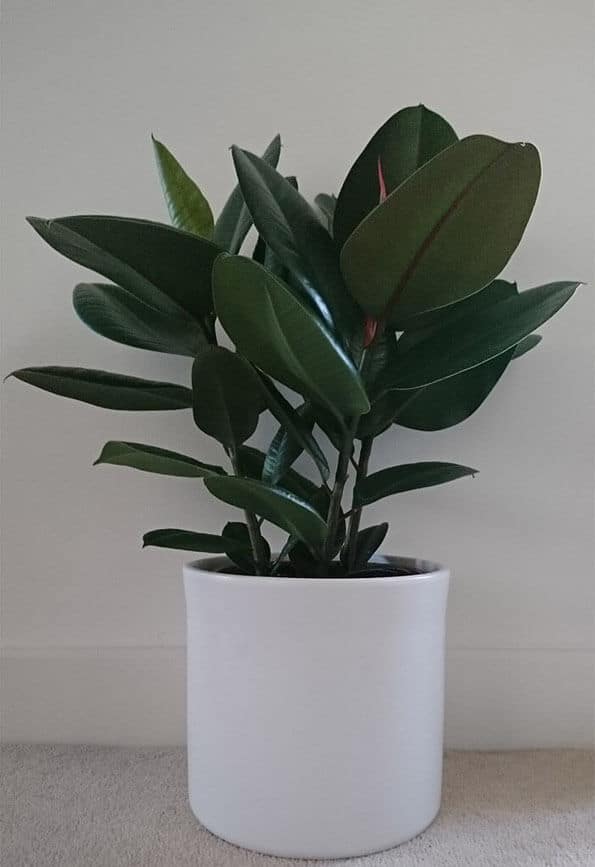
Why do brown spots appear on houseplant leaves?
Alternaria is a type of fungus that commonly affects houseplants. The fungus thrives in moist environments, and can cause brown spots to form on the leaves of affected plants. There are a few things that you can do to help prevent Alternaria from affecting your houseplants. First, make sure that you are not overwatering your plants. Second, keep your plants in a well-ventilated area to help reduce the level of humidity. Finally, make sure to remove any dead or dying leaves from your plants, as these can provide a source of food for the fungus.
This disease is often caused by too much moisture on the leaves.
Too much moisture on the leaves of a houseplant can create an ideal environment for the Alternaria fungus to thrive. When the fungus comes into contact with damp leaves, it can cause brown spots to form.
How can you get rid of brown spots on houseplant leaves?
Treat the plant with a fungicide.Make sure the plant gets enough light and air circulation.
If you notice brown spots appearing on the leaves of your houseplants, there are a few things you can do to get rid of them. First, remove all of the affected leaves from the plant. This will help to prevent the spread of the disease to other parts of the plant. Next, treat the plant with a fungicide specifically designed for Alternaria diseases. Be sure to follow the directions on the package carefully. Finally, make sure that your plant is getting enough light and air circulation. Brown spots are often caused by too much moisture, so be sure to water at the base of the plant and keep it in a well-ventilated area.
Preventing brown spots on houseplant leaves.
When watering your houseplants, be sure to water at the base of the plant rather than on the leaves. Watering on the leaves can cause brown spots to form, as this can lead to too much moisture on the leaves.
Keep the plant in a well-ventilated area.
It’s important to keep your houseplants in a well-ventilated area, as this will help to prevent brown spots from forming. Good air circulation will help to dry out any moisture that may be on the leaves, which can prevent the growth of Alternaria (the fungal disease that causes brown spots).
Avoid overcrowding plants.
When potting or repotting your houseplants, be sure to avoid overcrowding them. This is because overcrowded plants can cause poor air circulation, which can lead to brown spots forming on the leaves. To avoid overcrowding your plants, be sure to give them enough space to breathe. This means not packing them too tightly together in their pot or planter. Additionally, be sure to check the drainage of your pots and planters to ensure that water can properly flow through and not pool around your plants’ roots.

Conclusion
If you notice brown spots appearing on the leaves of your houseplants, don’t panic. These spots are usually caused by a fungal disease called Alternaria. The good news is that this disease is relatively easy to treat. Simply remove all affected leaves from the plant and treat it with a fungicide. Make sure the plant gets enough light and air circulation, and water at the base to prevent the fungus from coming back.
FAQ
What Causes Brown Spots On Houseplant Leaves
There are a number of reasons why a houseplant might get brown spots on the leaves. But most commonly it’s about overwatering and too much sun. If the soil is like mud it will negatively impact the plant and cause brown spots.
How Do You Treat Brown Spots
Treating a plant with brown spots, and especially houseplants are best done by cutting off the leaves. That way we can promote the growth of the healthy ones and hopefully we won’t see any more brown spots appearing.
Should I Cut Off Leaves With Brown Spots
We think it’s a good idea to in most cases cut off the leaves with brown spots on them. It also depends on how far it has gone. In the beginning it might be better focusing on the soil and the placement of the plant before starting to cut off leaves.

